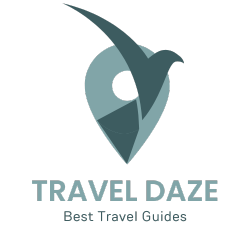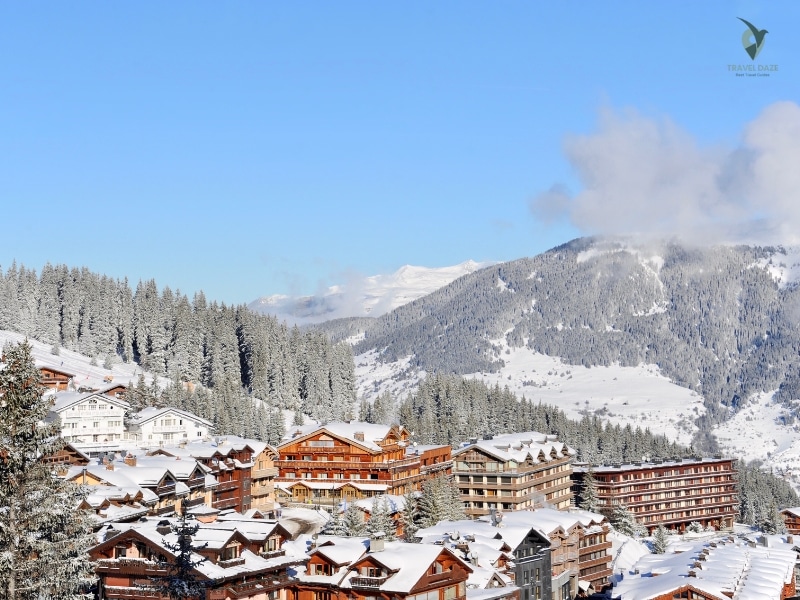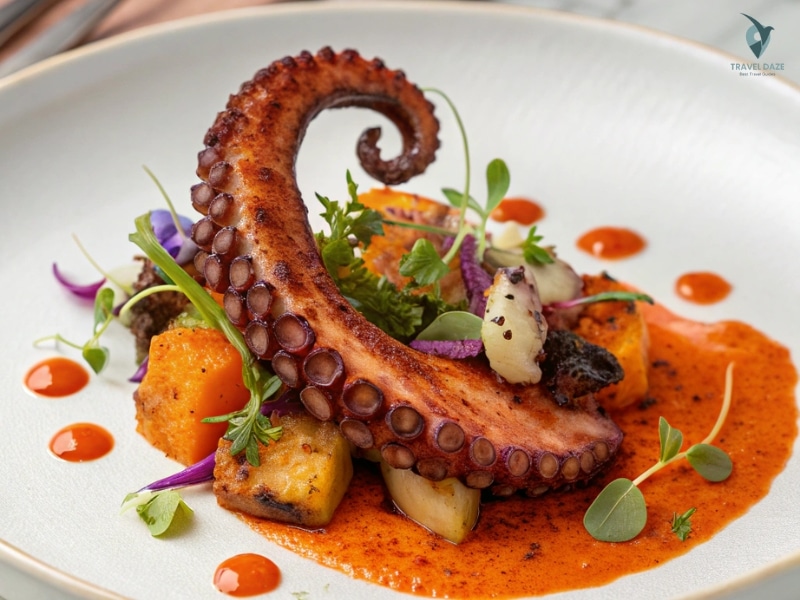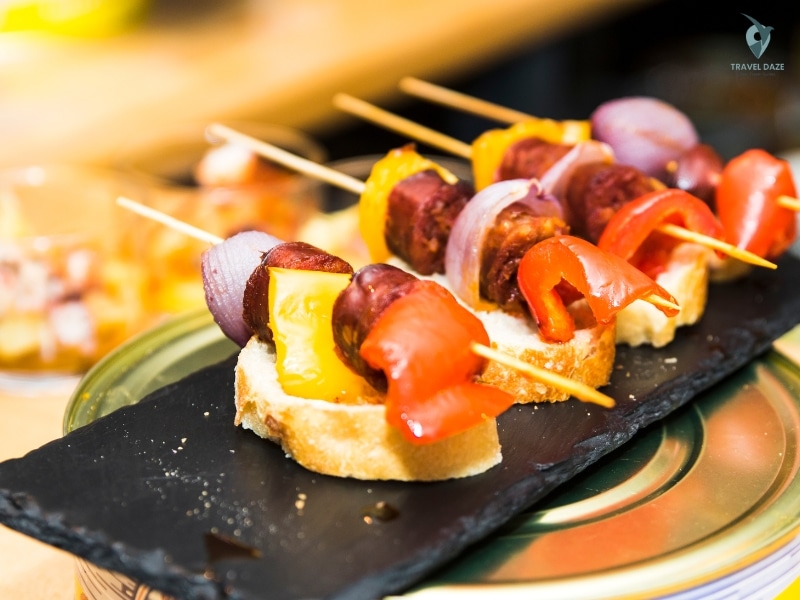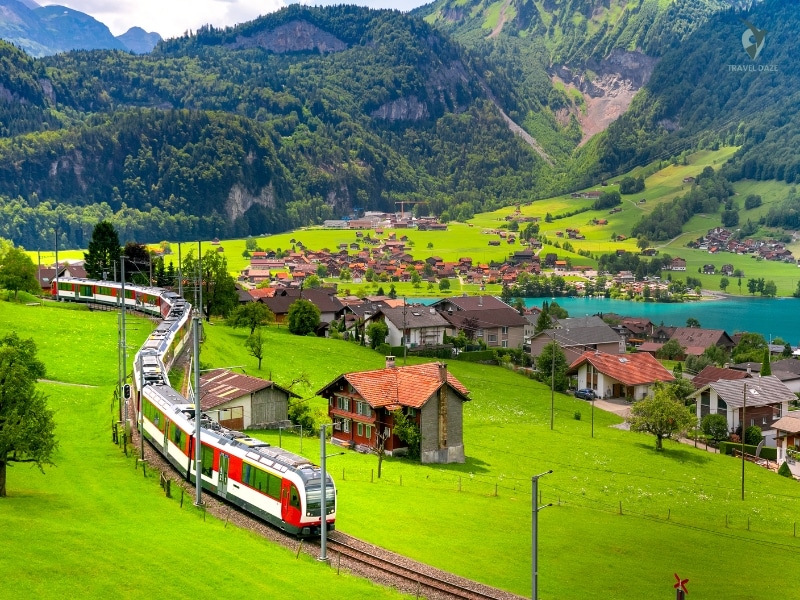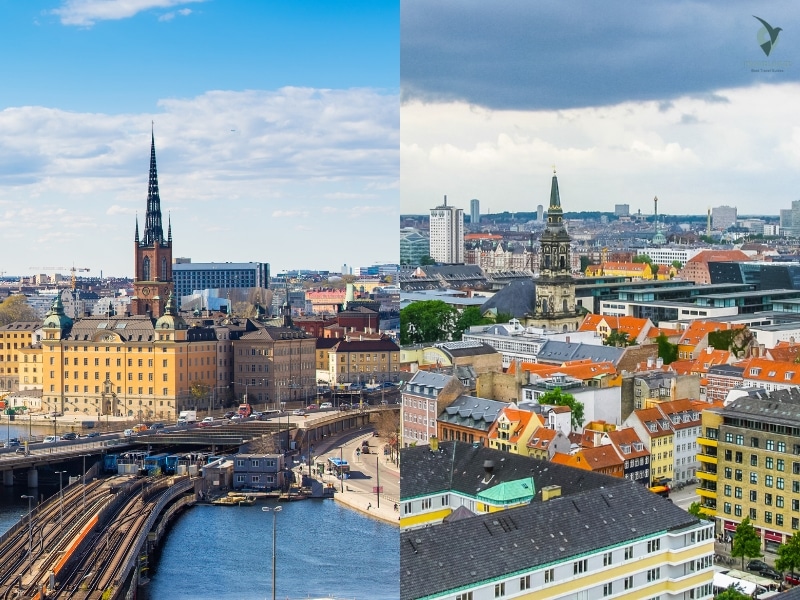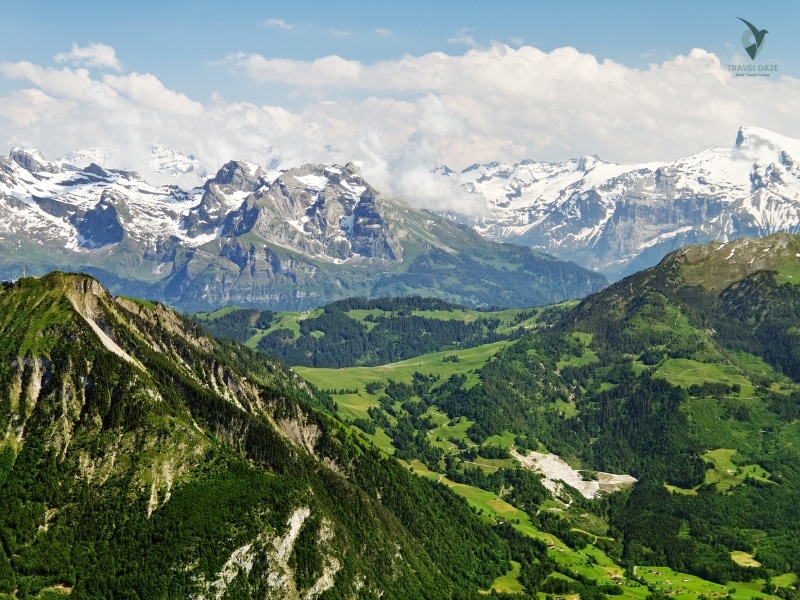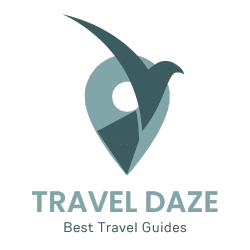Deciding whether to go to the Swiss Alps or the French Alps for my next mountain adventure turned out to be more difficult than I thought. Both areas have more than 200 ski resorts, beautiful scenery, and distinct cultural atmospheres. How do you choose the one that suits you best?
Table of Contents
ToggleThe French Alps feature vast ski areas with 10,158 kilometres of slopes, while the Swiss Alps impress with their accuracy and the benefits of the Magicpass. The Portes du Soleil region is a great choice for someone like me who enjoys variety. Covering both countries, it provides 600 kilometres of slopes, ideal for those who can’t decide on an adventure.
This article will explain the main differences in skiing, costs, transport, and overall atmosphere to help you choose the best option for your next trip. Let’s get started!
Main Points
- Each region has more than 200 ski resorts, suitable for every skill level.
- The French Alps offer larger ski areas, featuring 10,158 kilometres of slopes.
- The Swiss Alps have the Magicpass, which gives you access to several resorts.
- Portes du Soleil covers two countries and has 600 kilometres of slopes.
- The cultural atmosphere and ease of access vary between the two areas.
The Alps are a place every traveller should see.
Standing at the foot of Mont Blanc, the highest peak in Western Europe, feels truly magical. At 4,808 metres, it’s a view that takes your breath away. The Chamonix valley has beautiful views, with glaciers shining in the sunlight. This place has attracted adventurers since the first climb in 1786.

Walking through villages full of flowers, like Morzine, feels like being in a postcard. The appeal of these small towns is clear. The cobblestone streets, cosy cafes, and lively markets make you feel like you want to stay forever. It’s a wonderful mix of nature and local traditions.
The Alps offer more than just beautiful scenery; they are rich in history. Alpinism began with expeditions in the 18th century. Today, you can still sense that adventurous spirit while you walk the trails. It reminds us of how much progress we’ve made in overcoming these beautiful mountains.
Val d’Aosta is a great place for wildlife lovers. During summer hikes, you can often see herds of ibex wandering around freely. The area has Roman castles, which bring a bit of history to your journey. It’s a special combination of nature and history.
The Alps are unique because of their mix of cultures. You’ll see influences from both sides of the border in everything from architecture to cuisine. No matter if it’s a rich fondue or a light pastry, the tastes here are memorable. It’s a location where each detail shares a story.
Swiss Alps and French Alps: A Skiing Comparison
The differences between these two skiing regions go beyond just the views. Each provides distinct experiences that suit various tastes and budgets. No matter if you’re after great snow or unique culture, there’s something for everyone.
The French Alps: A Dream Destination for Skiers
The French side is famous for its large ski areas and vibrant après-ski activities. The slopes here are large, perfect for anyone who enjoys different options. The small villages were charming, with cosy cafes and lively markets that enhanced the experience.
The lift system was particularly impressive. Although it might not be as precise as the one next to it, it has a unique rustic charm. The French Alps are ideal for skiers looking for both excitement and a chance to unwind.
Swiss Alps: Magicpass and More
The Swiss Alps provide something unique with the Magicpass. For CHF 899, I got access to more than 40 resorts, which saved me a lot on trips to multiple locations. It’s a great option for anyone wanting to try out various slopes without spending too much money.
I was also surprised by how affordable the dorm-style mountain huts were. They are a good choice for travellers who are mindful of their budget. One of my favourite experiences was skiing at night in Grindelwald. The slopes were peaceful, and the starry views were amazing.
High-altitude resorts such as Verbier provide longer ski seasons, making them a popular option for skiing throughout the year. Swiss precision in lift maintenance guarantees a smooth and efficient experience each time.
- Magicpass: Get access to over 40 resorts for CHF 899.
- Budget-friendly options: Dorm-style mountain huts are easy on the wallet.
- Night skiing in Grindelwald is an experience you shouldn’t miss.
- High-altitude resorts such as Verbier provide longer skiing seasons.
Cost Comparison: Where Your Money Stretches Further
Planning a budget for a mountain trip can be challenging, especially when looking at prices in different areas. When you plan a ski trip or a summer hike, knowing how to manage your money is important for getting the most out of your experience.
Lift Tickets and Lodging
Lift passes and accommodation are among the largest costs. The Magicpass provides access to more than 40 resorts for CHF 899, making it an excellent option for trips to multiple resorts. Smaller ski areas usually offer lower daily rates.
There are many different choices for accommodation. Mountain huts with dorm-style accommodations are an affordable option, while luxury chalets are perfect for those wanting to indulge. Staying in smaller villages can save money and make the experience more charming.
Eating and After-Ski
There is a clear difference in prices when it comes to dining. Restaurants in the mountains on one side are about 25% more expensive than those on the other side. A filling raclette dinner costs about €18 in one area, while it’s around CHF 30 in another.
I enjoy getting a sandwich from a local bakery or picking up snacks at Migros for affordable meals. These choices are tasty and budget-friendly. If you want something different, consider having a picnic with local cheeses from the Annecy market.
The après-ski scenes are also unique. One side is famous for energetic EDM parties, while the other has warm fondue lounges. Both are enjoyable, but they offer different experiences.
- Budget Tip: Check out lesser-known restaurants in small villages for genuine and affordable meals.
- Share your discoveries online to help other travellers find these places.
The food here is unforgettable, whether you’re enjoying tartiflette or air-dried meats. Every region offers its own special dishes, creating a dreamland for those who love food.
Travelling in the Alps: Transportation Options
Travelling through the Alps is just as important as reaching your destination, particularly regarding how you get there. Every area has its own special ways to explore its beautiful scenery, turning each journey into a true adventure.

Shuttle Systems and Connectivity
Shuttle systems are essential for travellers. These buses link big resorts with small villages, making it easy for you to move between the slopes and towns. The flexibility of these shuttles is great for discovering hidden gems away from the usual spots.
Postal Buses and Beautiful Routes
The postal buses are a notable highlight. They serve 80% of resorts, making them a dependable option for accessing even the most remote locations. I used the PostBus app for my last-mile connections, and it made my travels easy and smooth. The Glacier Express links Zermatt and St. Moritz, making it another highlight. The views are amazing and stay in your memory.
Zermatt, without cars, is a perfect place for travellers who care about the environment. Electric taxis and horse-drawn carriages bring a delightful touch and help lower your carbon footprint. It’s essential to combine routes for great photo opportunities at the lake and in the mountains. The Bernina Express provides stunning views of the area.
- The Glacier Express and Bernina Express are essential rides because of their beautiful views.
- Environmentally Friendly Choices: No Car Zermatt encourages eco-friendly travel.
- Easy Transfers: Postal buses and shuttle systems provide seamless connections.
The transport systems here are made to improve your experience, whether you’re going from Zurich Airport to Davos or visiting smaller villages. The Swiss rail systems are known for their precision, while shuttle services provide great flexibility, making travel enjoyable for everyone.
Choosing the Right Alps for You
Choosing between these two beautiful mountain areas depends on what you want to do and how much you want to spend. For skiers on a budget, one option provides low-cost lift passes and comfortable village accommodations. Luxury seekers and summer hikers will enjoy the other side, which offers upscale resorts and beautiful trails.
Beginners may enjoy the wide slopes and vibrant après-ski atmosphere of one area. Experienced adventurers, on the other hand, might prefer the accuracy and distinct experiences of the alternative. Joining both through the Portes du Soleil area is a great way to experience the best of both countries.
Your decision really comes down to what matters to you the most—whether it’s price, landscape, or cultural experiences. For additional tips, like what to pack, visit my blog. Whichever option you pick, the Alps guarantee an amazing experience in every season.
FAQ
Which region has better skiing, the French Alps or the Swiss Alps?
Both regions are amazing for skiing. The French Alps are famous for their large ski areas, such as Chamonix and Val d’Isère. On the other hand, the Swiss Alps provide unique experiences with the Magicpass and lovely villages like Zermatt.
Are the French Alps less expensive than the Swiss Alps?
The French Alps are usually more affordable, particularly when it comes to lift passes and meals. The Swiss Alps provide exceptional quality and beautiful routes, which can explain the higher prices.
What is the best way to travel in the Alps?
In the French Alps, shuttle systems are effective and easy to find. In the Swiss Alps, postal buses and beautiful train routes make travel easy and stunning.
Which area offers better après-ski choices?
The French Alps are well-known for their vibrant après-ski activities, particularly in places like Courchevel. The Swiss Alps provide a relaxed atmosphere, ideal for those who enjoy comfortable nights in mountain lodges.
Can you reach Mont Blanc from both areas?
Yes, Mont Blanc, the tallest mountain in Europe, can be reached from both the French and Swiss sides. Chamonix in France and Courmayeur in Italy are well-known places to begin.
Which area is best for families?
Both areas are great for families, but the Swiss Alps are often recognised for their well-organised ski schools and family-friendly resorts such as Verbier.
How does the food differ between the French and Swiss Alps?
The French Alps are famous for filling meals such as raclette and tartiflette, while the Swiss Alps are known for their classic fondue and rösti. Both areas offer tasty food inspired by the mountains.
